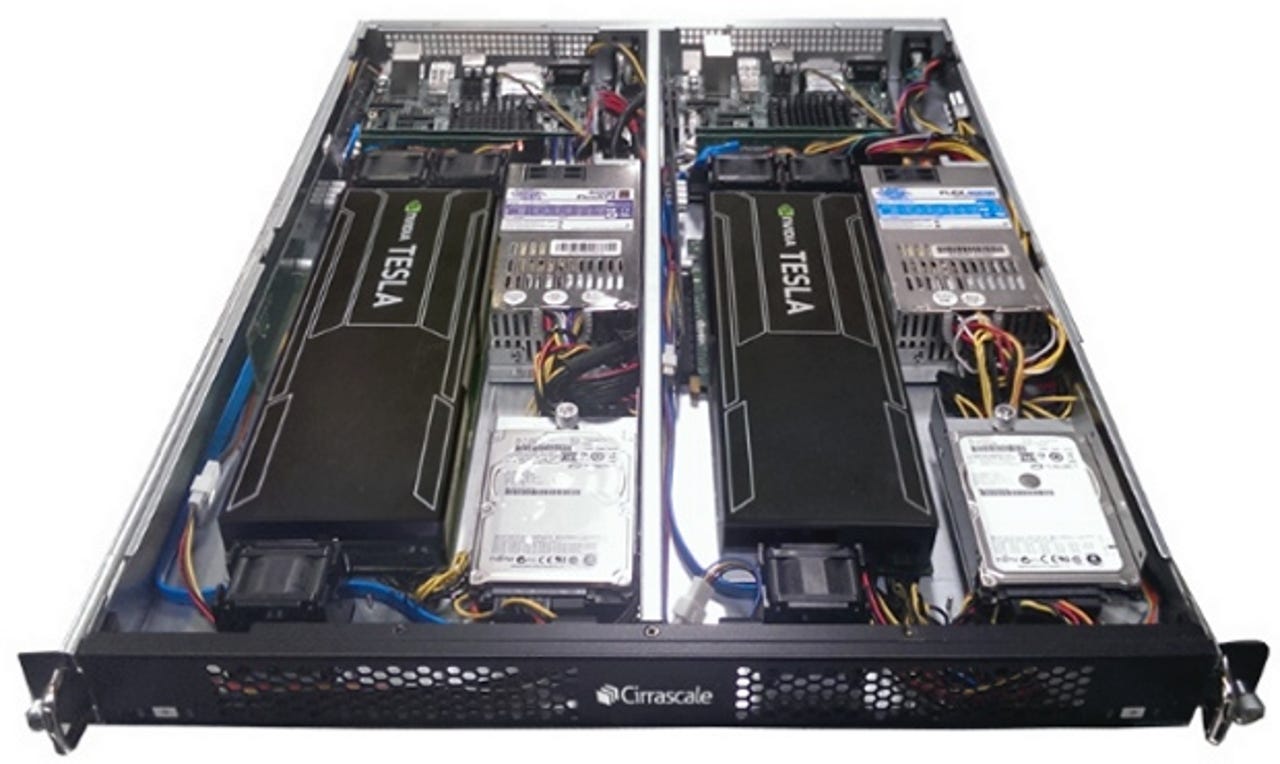How committed is Nvidia to ARM for HPC?


Nvidia's roots are embedded deep in the GPU industry, so it's no surprise to see the company pull this card out in an attempt to bolster its position in the ARM for HPC (High-Performance Computing) sector.
But how committed is Nvidia to ARM with regards to the server and HPC markets?
Earlier today the Wall Street Journal reported that Nvidia, along with Samsung, were both distancing themselves from the ARM server and HPC battlefield to focus on other areas. Nvidia responded to this claim with a post on its corporate blog, a post which seems to suggest that the company sees its Tesla GPU as being the component that will offer server vendors the edge.
"On their own, ARM processors lack the muscle to run HPC workloads," writes Ian Buck, VP of Nvidia's Accelerated Computing business unit. "But add the benefits of ARM to the compute power of GPU accelerators, and the systems become an exciting new option for HPC."
He goes on to write that server vendors such as Cirrascale, E4, and Eurotech have turned to NVIDIA to create new GPU-accelerated systems for HPC applications with Applied Micro ARM64 CPUs (note how prominent the Tesla GPUs are in the press shot above).
Buck was also keen to Nvidia is innovating with ARM with Project Denver and Tegra, but these are aimed primarily at mobile consumer markets. However, there are hints at jam tomorrow.
"In the future, we will continue building high- performance ARM processors that extend the range of the ARM architecture in new and innovative ways," wrote Buck.
But the most telling part of the post is where the idea that ARM is where supercomputers are going is dismissed.
"Does this mean every new supercomputer will be based on ARM? Probably not."
Buck adds that while "ARM provides an exciting new option to round out NVIDIA’s comprehensive accelerated computing platform," the industry as a whole "will continue to rely on x86 processors and alternative architectures like POWER, depending on the task at hand."
So, the bottom line it would seem is that Nvidia feels that ARM is a long way away from being a major player in the HPC market and that it makes better sense to bet on the existing players, at least for now.